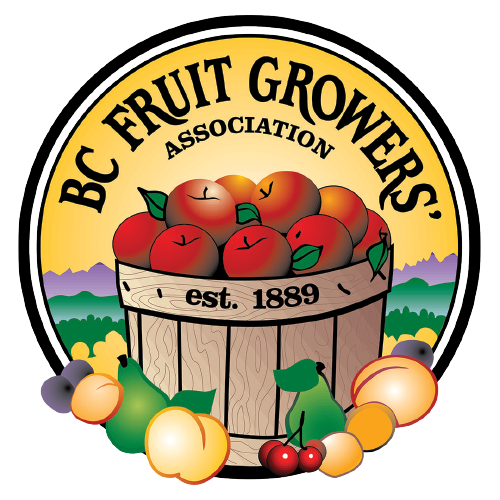Chronicle: 1985
A fruitful century
Okanagan growers are among the most adaptable and innovative in Canada and continue trying new methods to produce more fruit from less land.
(Country Life in British Columbia, November, 1984)
It also must be realized that any decline in the fruit industry would have a serious effect on the Valley’s second largest employer, the tourist industry. . . . Many visitors are coming to the Okanagan because of the fruit. (Garth Maguire, a Vernon land-use consultant, speaking about a two year University of Waterloo study of which he was the co-author
- Apples were 75 per cent of the tree fruit grown in B.C.
- The combined sales of B.C. Tree Fruits Ltd. and Sun-Rype Products Ltd. were $140 million annually, with $35 million coming from exports. B.C. Tree Fruits Ltd. was the largest single exporter of apples in North America.
- At the B.C.F.G.A. Annual Convention in January, the Director of Produce for Overwaitea stores gave strong support for central selling through B.C. Tree Fruits. He told the Annual Convention that Overwaitea would prefer to deal with B.C. Tree Fruits rather than with peddlers or independents, who were operating outside the marketing system and losing sales for B.C. growers.
- At that same Annual Convention, a wide margin of B.C.F.G.A. members rejected a resolution that would have opened B.C.F.G.A. membership to independents. Thus, the majority of fruit growers showed that they considered co-operative central marketing through B.C. Tree Fruits to be an integral part of their organization.
- Gerald Geen was elected president at the B.C.F.G.A. convention.
- The B.C. provincial and the federal governments sponsored a $40 million, five year Agrifood Regional Development Subsidiary Agreement to assist B.C. agriculture.
- The successful marketing of tree fruit was seriously hampered by the multiplicity of marketers who were quoting prices and selling to buyers who had previously been supplied by B.C. Tree Fruits Ltd. Even so, B.C. Tree Fruits Ltd. sold to 34 countries; the United States, the Pacific Rim Countries and Britain were the major customers. Wholesalers were playing off one seller against another, making it more and more difficult for the tree fruit farmers to receive their cost of production.
- B.C. needed higher quality tree fruit to compete with growers in Washington State. This meant orchard renovation. B.C.F.G.A. members currently farmed 26,000 acres, 6500 of which needed to be replanted immediately.
- The provincial government decided to phase in higher F.I.I. qualification levels for the 1984 crop. Eventually this led to payments for “Cee” grade and better only.
- For the past four years tree fruit farmers had made only 70 to 80 per cent of their production costs-and this included F.I.I. payments.
- The B.C.F.G.A. continued to work with the B.C. Federation of Agriculture to advance the cause of farmers. Due to the hardship already caused by imports of low priced agricultural products, the Federation was feeling somewhat apprehensive about the possibility of Free Trade.
- A new tree fruit Crop Insurance Program was put in place.







